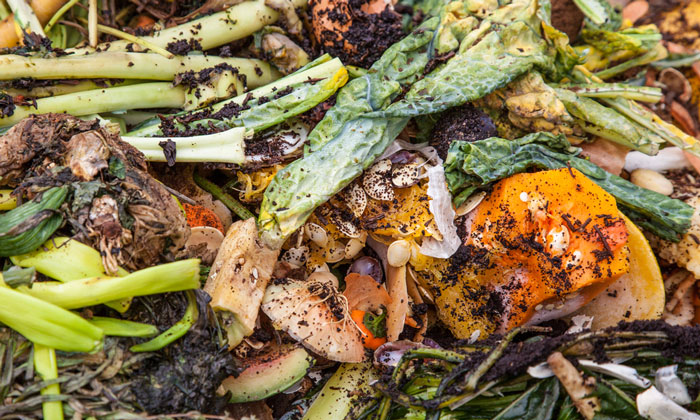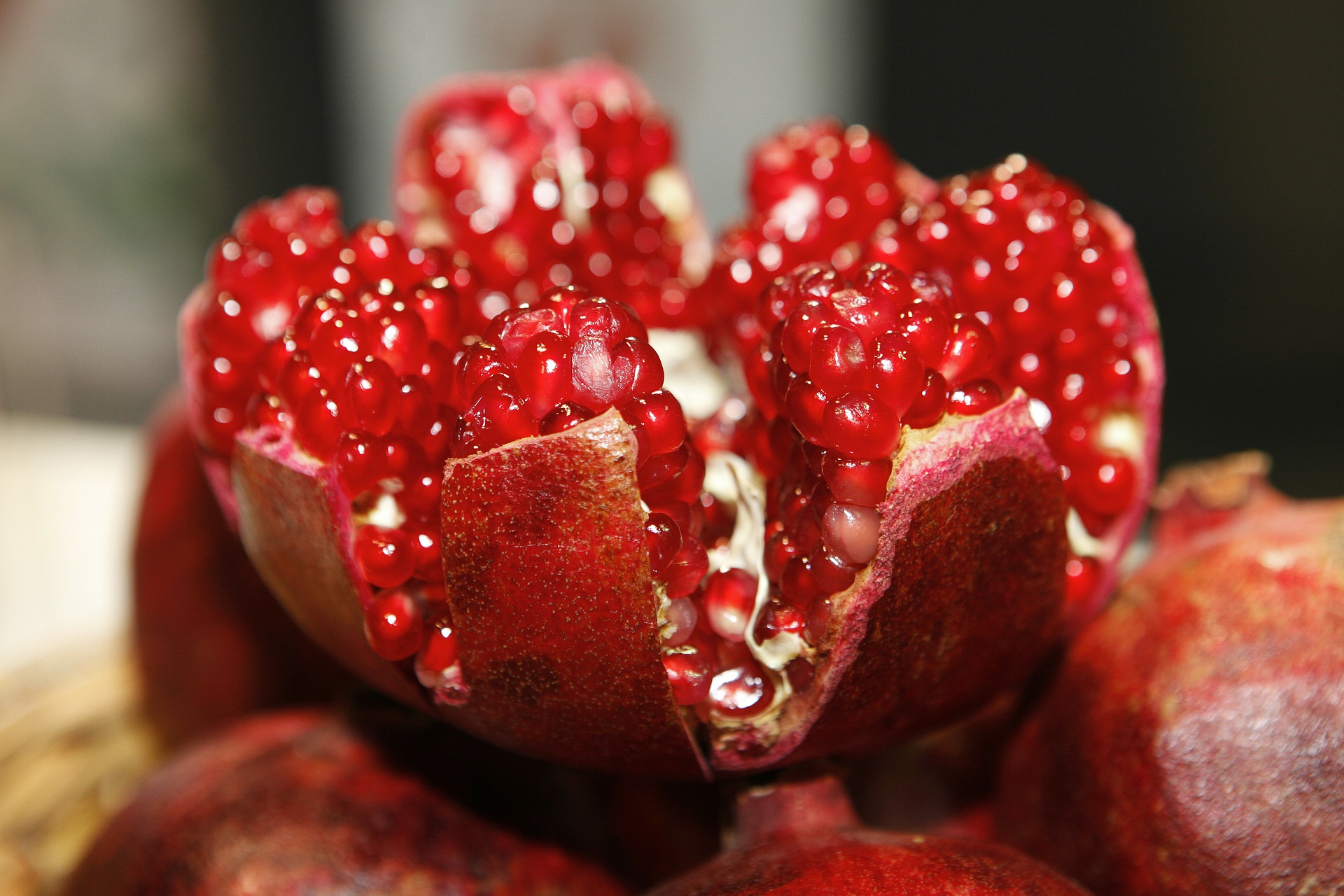5 Ways Food Waste is Destroying Our Planet
Food wastage is the sum of food waste and lost. Nearly one-third of all food produced in the world is discarded or wasted. According to a survey 36 million tons of food is wasted in Pakistan every year. Many of us may not realize that wasted food also has a harmful effect on the environment. We might be better stewards of the earth we have been given, here are five biggest ways wasted food hurts the environment.
It wastes water
It is essential to life, and also essential to food production. Whether from irrigation, spraying, pouring, or some other means, water is essential for agriculture, for feeding of animals that give us our meat, fish, and dairy. But in throwing out millions of tons of food, we also waste millions of gallons of water. If the 1.3 billion tons of food wasted worldwide each year is accurate, most estimates place the water “in” that amount to be 45 trillion gallons or 24 % of all water used for agriculture.
It releases Methane
When food is thrown out, it eventually makes its way to landfills. As that food begins to decompose or rot, it releases methane gas. Methane, of course, is a greenhouse gas, which adversely affects the earth’s climate and temperature (i.e., climate change/global warming). Methane is more effective at trapping heat in the atmosphere than CO2. Methane accounts for about 20%of greenhouse gas emissions. Much methane, as well as other adversely-affective gases, has already been released in the production process.
It wastes oil
Oil, diesel, and fossil fuels are required to grow, transport, store, and cook food. Much of this machinery requires large amounts of oil, diesel, and other fuels to function. To waste millions of tons or billions tons each year also means that all of the oil and fuel is wasted. Moreover, using that fuel in the first place can release harmful amounts of greenhouse gases into the environment, combined with the other harmful amounts released from the decomposing food already in landfills.
It wastes land
Land use for food falls into two main categories: The land used for production, and the land used for retaining food that has been thrown out. Most of the land needed to produce milk and meat is non-arable. About 900 million hectares of non-arable land are used in the production of the world’s meat products. Moreover, land needed to produce other foods, like fruits and vegetables we waste each year.
It harms biodiversity
Marine fisheries are a large culprit in the decimation of marine ecosystems and natural habitats, often resulting in overexploited areas. Fish are caught with little thought given to how the rapid depletion of population will impact their environments. These fish then get thrown out by the consumer, or rejected by stores for not meeting certain standards, or rot in the truck because of lack of modern refrigeration.
“Food waste is not a structural inevitability; it’s a bad habit that we can change” Food is part of the fleeting pleasure of being mortal on this Earth. Appreciate that. Value it. Buy ugly produce. Ignore the expiration date if the food smells fine. Use vegetable scraps to make stock. Plant a garden or a fruit tree. Ask the management at your grocery store about its sustainability practices.
Written by: Areej Fatima



